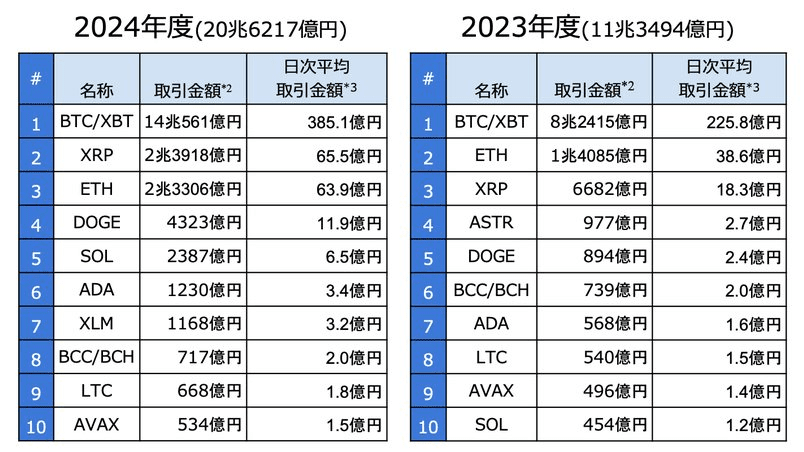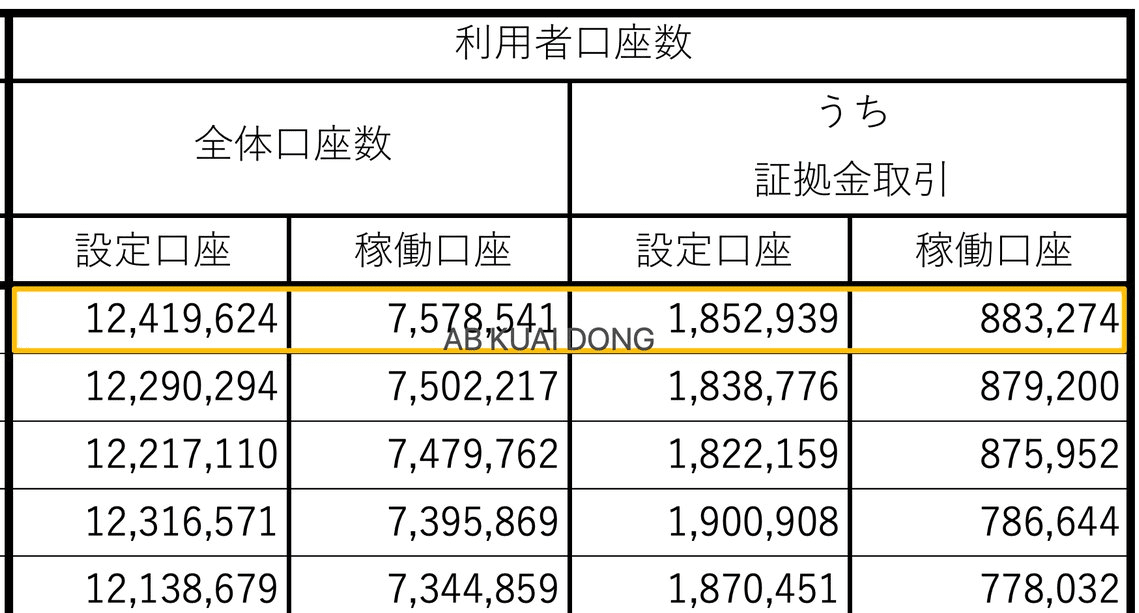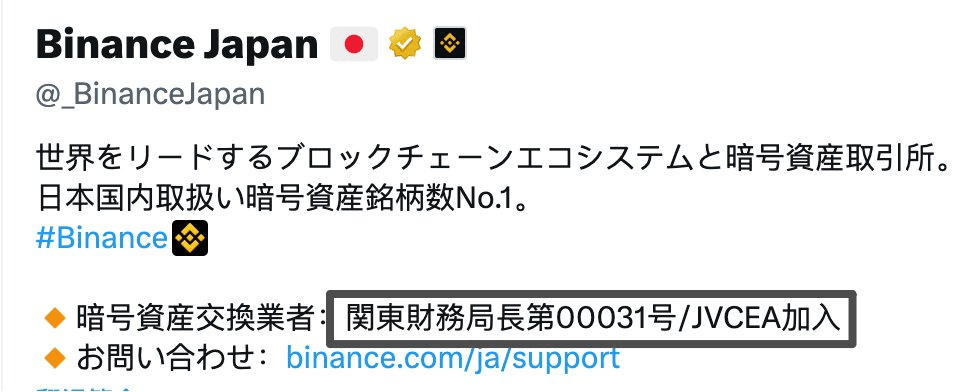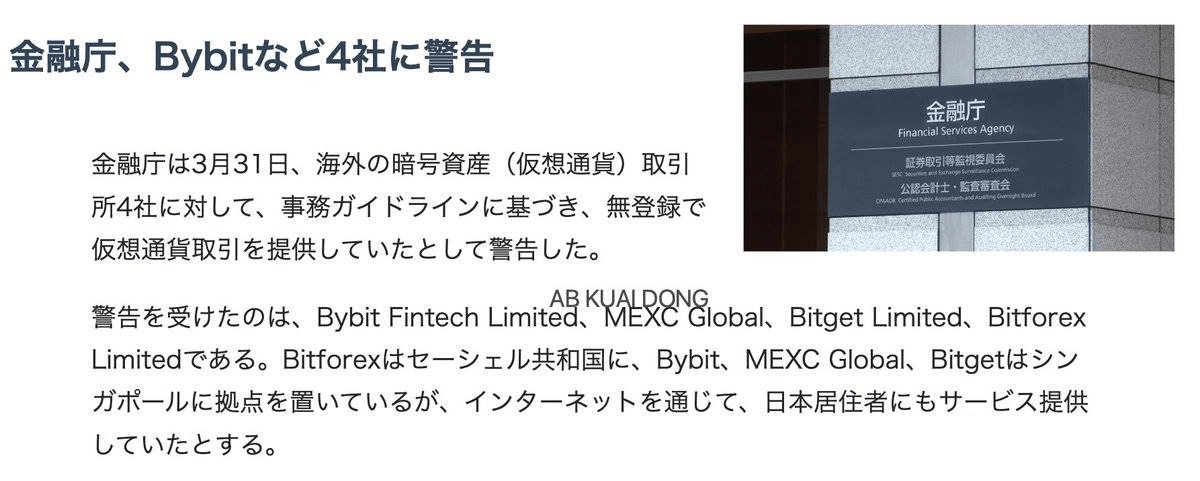In the last sharing of the article (Web3 Practitioners' Relocation and Local Life in Japan), although it was repeatedly mentioned that many peers residing and operating in Japan would not target the Japanese market, many friends still wanted to understand the specific situation of Japanese users and industries.
Especially later, it was found that the research and information about Japan's Web3 market in the Chinese-speaking area were relatively lagging, leading to the decision to update a study on the Japanese market.
This article references multiple contents from the Japan Crypto Asset Association, Japan Financial Services Agency, compliant exchanges, and other data and information, for research and reference purposes only.
The main content of this article covers:
Japan's Web3 market (growing user base)
Size and growth of the Japanese crypto market (opportunities?)
Investor user group profile (not participating on-chain?)
Government regulation (attitude towards non-compliant offshore exchanges?)
Debate over tax rates (increase or decrease?)
How project teams operate (legal risks?)
I hope the above content is helpful to you. ❤️
Japan's Web3 market
Overall, Japan, although a relatively developed country in Asia with a population of 124 million, is experiencing a decline in the number of young people. Amid the flourishing local stock market, real estate, anime culture, and tourism, people's attention has become highly fragmented, resulting in less motivation for young people to engage with crypto, with a majority being middle-aged.
However, due to the global promotion and popularity of cryptocurrencies, the number of people participating in crypto in Japan is also accelerating, and by May 2025, the user base and trading volume reached new highs.
Characteristics: 12.41 million user base, with the main participants being middle-class individuals aged 30 to 40, focused on financial management and long-term allocation rather than pure speculation, with the majority earning below 7 million yen (320,000 RMB) annually, high taxes on crypto profits (most hold without selling, waiting for the 2026 tax reduction policy).
Size and growth of the Japanese crypto market
In 2022, the spot trading volume of compliant exchanges in Japan was only about 1 trillion yen (approximately 6.8 billion USD); afterward, in 2023, it increased to 1.13 trillion (approximately 7.6 billion USD), with only about 13% growth.
However, by 2024, after Bitcoin was fully adopted by Wall Street, the entire Japanese crypto spot trading volume immediately grew to 20.6 trillion yen (approximately 14 billion USD), with a year-on-year growth rate of 82%, finally becoming a sizeable market.
In terms of trading varieties: Bitcoin (BTC) accounts for about 70%, while Ethereum (ETH) accounts for only about 14%. This has led many Japanese compliant exchanges to primarily advertise buying BTC, for example, Tiktok often features advertisements for exchanges promoting Bitcoin.
Additionally, starting in 2024, the popularity of XRP slightly surpassed that of ETH.

Crypto market with 12.41 million users
While seeing this data might seem okay, with at least 12.41 million crypto users, in reality, this growth only began in 2024.
In 2022, the scale of crypto users in Japan was only 5.61 million; in 2023, it was 6.46 million, with a growth rate of only 15%; but by 2024, this figure surged to 9.17 million, with a growth rate of 41%.
Currently, by May 2025, it has reached 12.419 million. Therefore, the crypto market in Japan, with domestic users, is also accelerating growth, and the custodial amount has exceeded 4.26 trillion yen (approximately 2.75 billion USD).

Investor user group profile
As of May 2025, the crypto user base in Japan has reached 12.41 million, accounting for about 15% of Japan's adult population.
Among them, the main investors are middle-class individuals aged 30 to 40, characterized by:
Heavily reliant on Youtube, X, and other social media
Have a certain stable income
Annual income below 7 million yen
Regarding investment behavior and motivations:
Financial management type, biased towards long-term allocation, not speculative
Mostly small-scale participation, operating through exchange apps
Low trading frequency, with most placing only a few orders throughout the year
On-chain native players are only a very small group
As a result, the overall crypto user base in Japan is gradually becoming more mainstream, but prefers safety and convenience.
This has also led most project teams and exchanges in Japan to find that advertising in media is not as effective as forming long-term partnerships with bloggers on Youtube and X. Thus, the Japanese crypto circle has become a place where everyone is a blogger, and media is increasingly under pressure.

Regulatory environment
Japan's crypto regulatory model is quite similar to that of the United States, involving three layers of cooperation: FSA (Japan Financial Services Agency) + JVCEA (industry self-regulatory association) + JCBA (industry group).
Thus, it is found that most crypto companies targeting the Japanese market are both members of JVCEA and JCBA. For instance, Binance Japan has publicly announced on Twitter that it is a member of JVCEA (Japan Virtual Currency Exchange Association).

Currently, if exchanges and custodians want to operate compliantly in Japan, they need to have the corresponding qualifications and licenses to join these associations. In recent years, asset management institutions and exchanges entering the Japanese market have generally adopted reverse mergers and other methods to operate in Japan.
Attitude towards non-compliant offshore exchanges
In addition to the compliant exchanges mentioned above, there have been many non-compliant exchanges in Japan promoting and operating, gaining a large number of users. The main reason these users engage with offshore exchanges is:
Tax avoidance and evasion
Diverse types of cryptocurrencies
Complete variety of leverage and contract types
Currently, these exchanges were jointly targeted by the Japan Financial Services Agency and the government in February 2025, and related download and acquisition channels have been completely removed from the Japanese regional Apple Store and Google Store, while some Japanese bloggers who helped promote them have also received notice.

How project teams operate
Finally, the most frequently asked question recently is how project teams operate in Japan and what restrictions they face.
According to previous statistics, there are currently at least 20 well-known project teams operating and residing in Japan, but most operate under the name of R&D companies for local activities.
The main reason is that if project teams want to operate on a large scale in Japan (such as fundraising for Japanese users or launching on compliant exchanges), they must undergo review by JVCEA (Japan Virtual Currency Exchange Association). Therefore, compared to Southeast Asia and Dubai, the compliance threshold is higher and the costs are significant.
Therefore, most project teams in Japan do not target the Japanese market. Operations and fundraising activities are conducted through BVI or other offshore entities; personnel, product development, office, and other fixed expenses are managed through Japanese entities.
This is also a common portrayal of both local Japanese projects and foreign projects operating in Japan.
People in Japan do not target the Japanese market.
I hope the above content is helpful to you. ❤️


